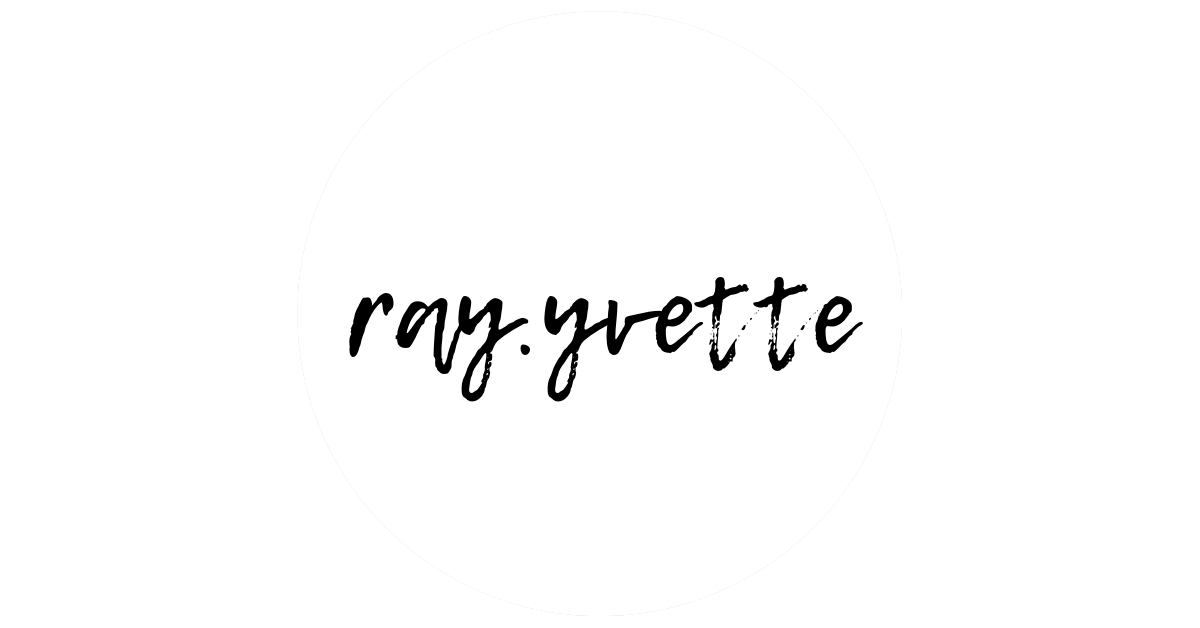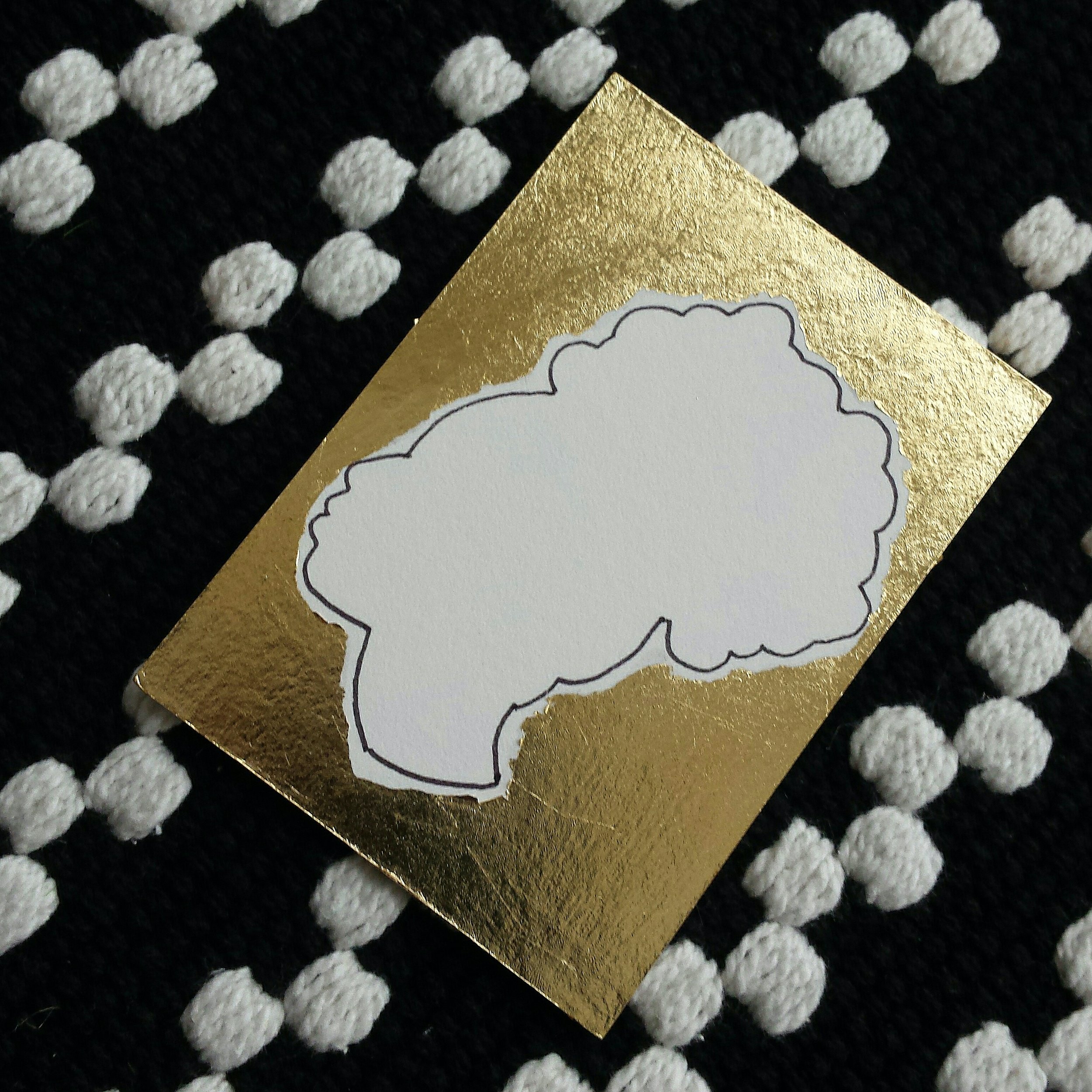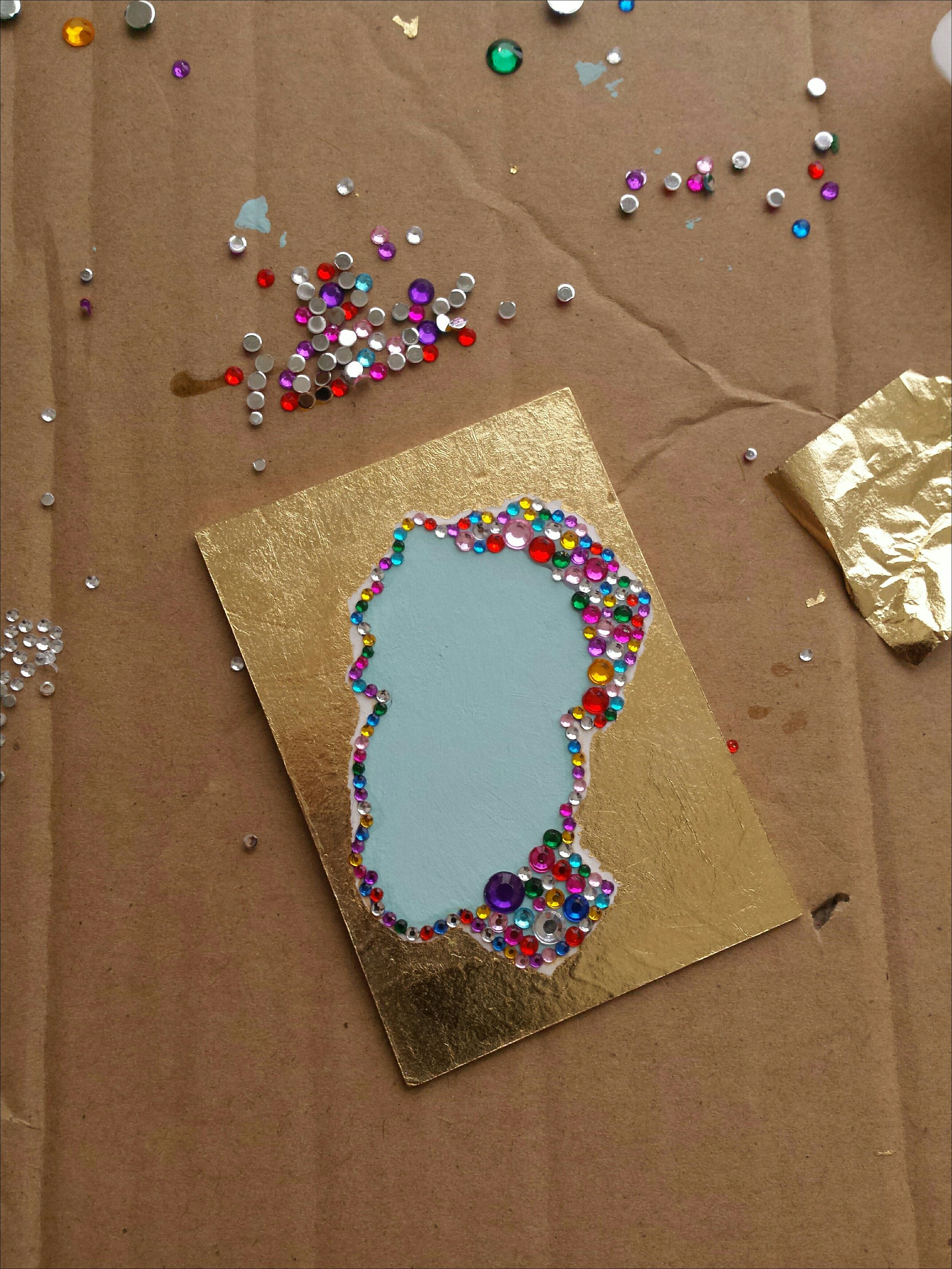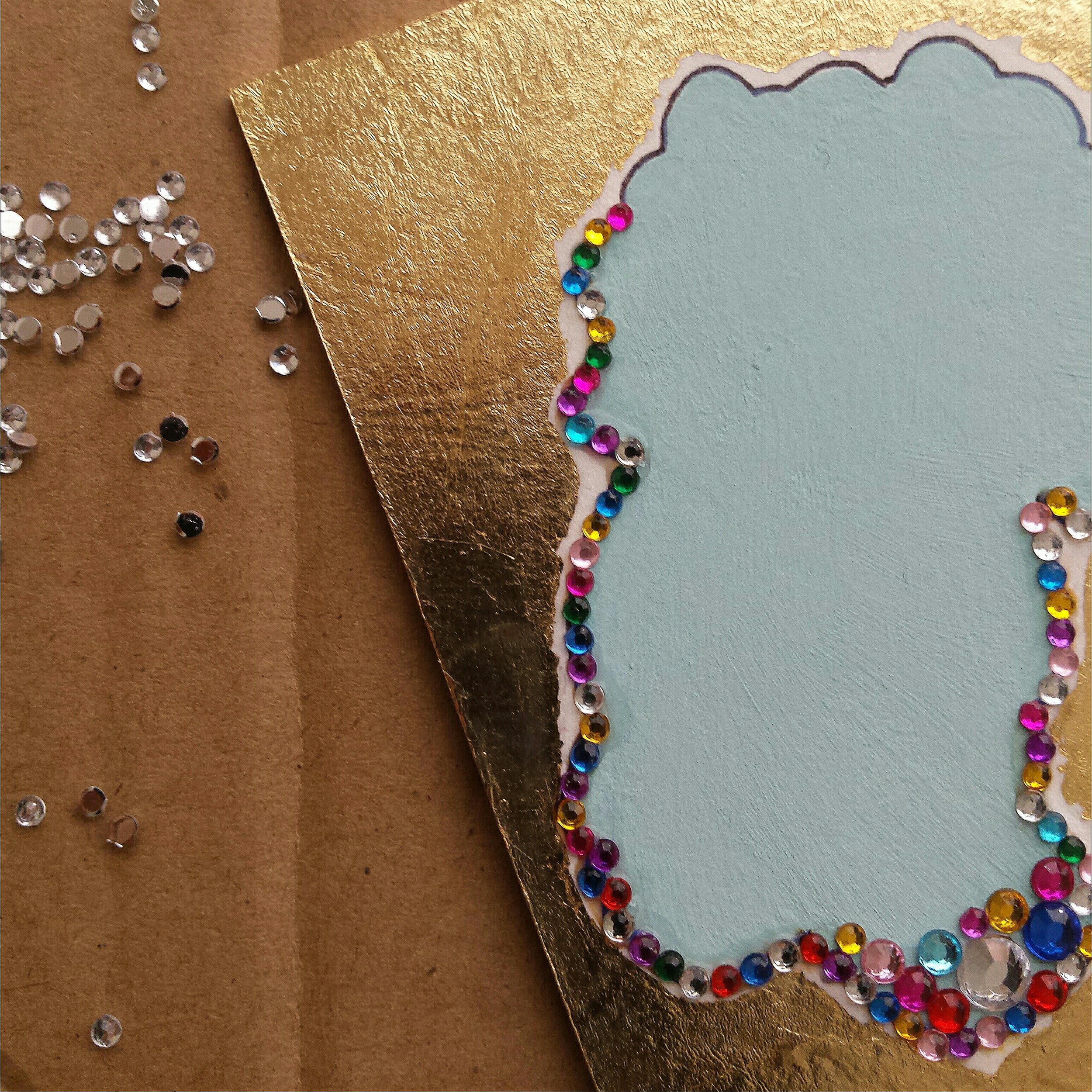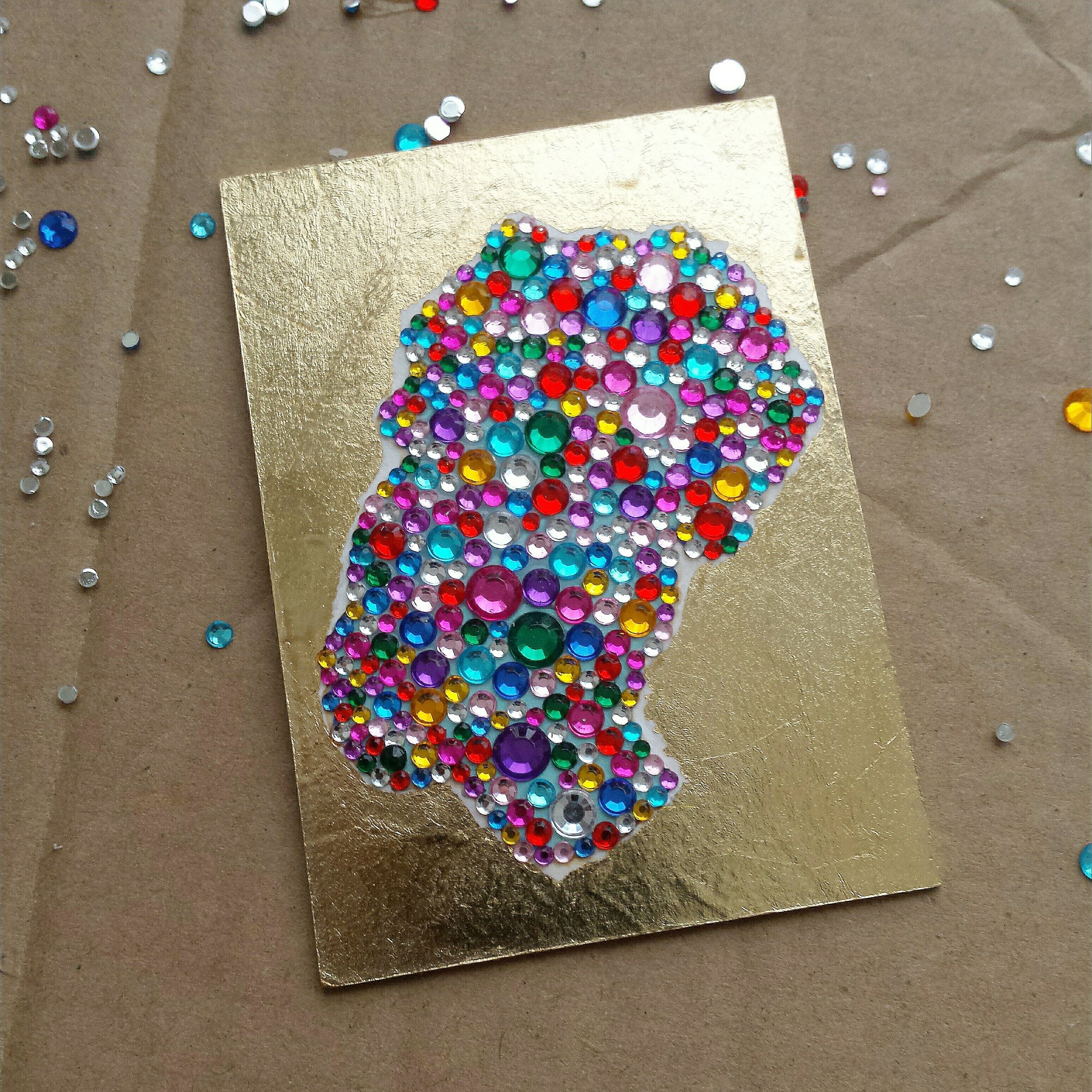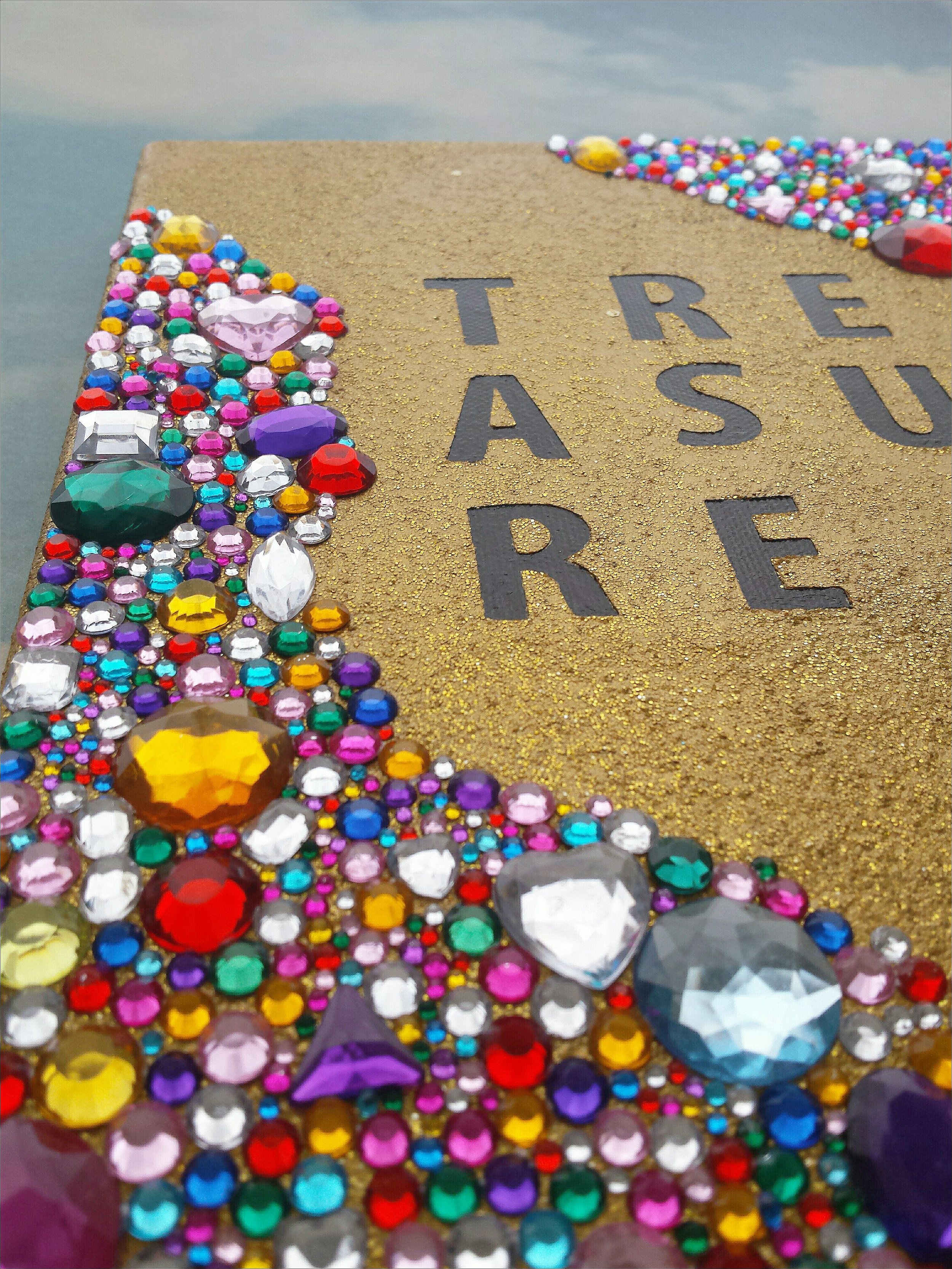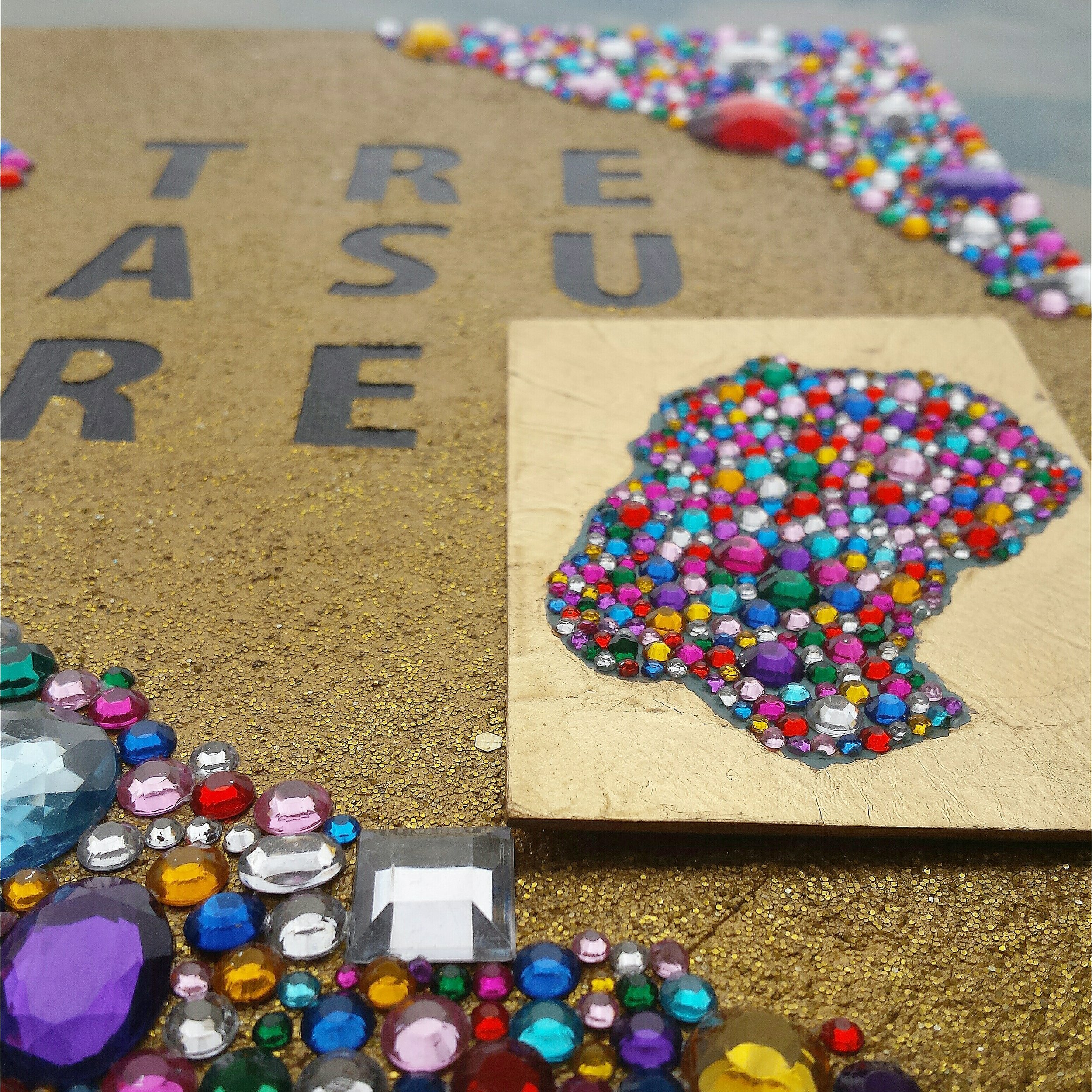20 Mini Afros No. 1: Treasure
The legend of a leprechaun guarded pot of loot at the elusive end of a rainbow is widely known. Many of us first heard it as children and with age and wisdom, realized that stumbling upon such riches in an idyllic, lush emerald meadow, and without incident or fisticuffs be given a pot of gold from a generous leprechaun seemed less and less probable.
And, spoiler alert time:
1. There is no rainbow’s end. Rainbows form perfect arcs or full circles. It is possible to see a full rainbow from an airplane or from the top of a tall mountain, but probably not from a Big Lots parking lot in Memphis. No rainbow’s end = no end of rainbow pot of gold.
Furthermore:
2. I’ve seen the movie Leprechaun, and nope. I know it’s not based on a true story. I know it’s fantasy and horror. I know the acting is questionable. Not to mention men love to label women gold diggers for whatever reason, so ladies, that little joker would definitely give you a hefty amount of sass for your troubles.
3. I have questions. For practicalities sake, what is the current exchange rate for gold? Can you go to a Cash for Gold establishment to exchange said gold? Is it fair that after traveling far and wide to the “end” of the rainbow that I also now have an errand to run in order to actually use my newfound riches? Can the leprechaun put my gold on a Visa gift card or debit card? Will it be enough gold for me to send that “I’m out” resignation text to my manager or nah?
Despite all, for me, and maybe you too, none of those reasons ever stopped me from marveling at the colorful meteorological phenomenon of a rainbow and scanning it from visible end to visible end and quietly wondering, “what if?” And it’s that wonder that was the inspiration for Treasure.
The rainbow’s pot of gold lore in its unquestionable and unexamined simplicity embodies various themes that align with my ideal hopes of how black women are regarded. The treasure is usually considered just the monetary reward, but it’s also about intangible rewards as well. It is the object of hopes and dreams; a riches of fulfillment. Can black women be considered as such?
The rainbow’s pot of gold legend never indicated that the rainbow’s theoretical end was something that would be easy to find. On the contrary, there was always a sense that finding the treasure would be an adventure, and I don’t think it’s a lofty idea that black women want to be sought after, desired, and worthy of pursuit, in a society that usually deems us the opposite.
This desirability and worthiness can be viewed from various perspectives. There are studies that proclaim black women as the least desirable on dating Web sites, a “systemic racial bias” that goes beyond just having personal dating preferences.
Additionally, I’m pressed to conjure the name of a missing or murdered black woman or girl who has garnered national or heavy media attention. However, I can immediately think of at least three nonblack women. And if not their names, I can definitely see their faces in my mind. To be sought after and deemed worthy would certainly be an advantage if you happen to be a missing black woman.
The gold also isn’t just sitting out in the open and at risk of being stolen, misused, or vandalized by just anybody’s grubby hands who wander near it. There’s a full grown leprechaun responsible for safekeeping and distribution. Perhaps he wears an adorable security guard’s uniform or just traditional leprechaun garb. I don’t know for sure, but what I do know is that the treasure is protected.
Georgetown Law’s Center on Poverty and Inequality released a research report that stated that adults “view black girls as ‘less innocent’ and more grown up than white girls,” and consequently, “adults may perceive that black girls need less nurturing and protection.” This particular bias was found to affect black girls as young as five, and could play into how they are treated in school, juvenile justice systems, and undoubtedly into adulthood as well.
Perhaps starting at age four, black girls should be assigned a leprechaun for their protection against assaults on their innocence, natural hair, skin tones, or whatever the world’s careless hands and opinions seek to sully. And they should all have the temperament of the leprechaun from the movie. Angry, about that life, and ready to throw hands, all day, every day.
To be treasured.
To be found.
To be sought after.
To be considered worthy.
To be wanted.
To be protected.
To be secured.
To be valuable.
To inspire awe.
All of these ideals encompass the rainbow’s gold myth, and sometimes those same ideals seem just as mythical for black women. We have just as much of a desire to be seen as worthy of the journey, and the energy and effort that the journey demands. It is a delight to be celebrated for your various colors. It is a privilege to be considered the awaiting treasure that was worth the trip.
If having hope is among the central themes of this legend, it might also ask that black women, and those who already genuinely love and care for black women, have hope that these ideals are possible. With hope comes expectations of something better than the current circumstances, and maybe those “what ifs” can go from being parables to possible.

